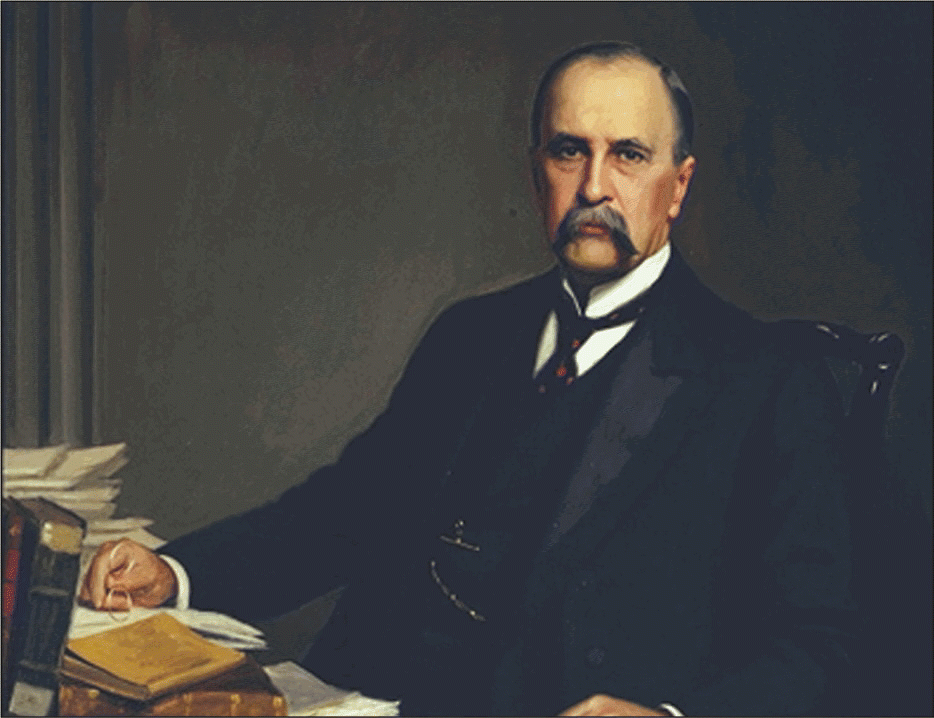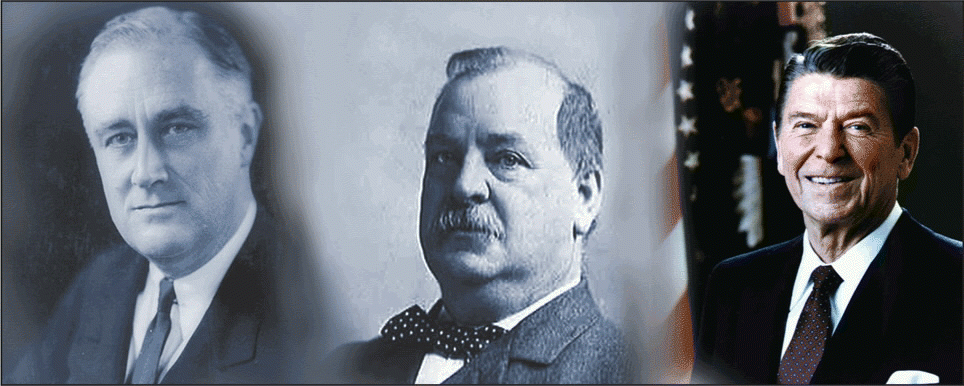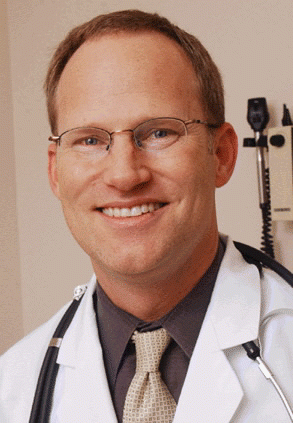Sir William Osler’s image of the future would have been very different from the one that we accept as ordinary today.




Within the ongoing discussion on the need to reform the delivery of health care in the United States to better balance issues of cost, quality, and accessibility is an underlying issue that, if not sufficiently recognized, will undermine all efforts at reform.

As this article is being written, the presidential campaign is in the final heat, and all eyes are turning toward the finish line.
Cellular therapy refers to the use of live cells to replace or repair a damaged organ system. The first widespread use of this approach occurred more than 50 years ago when hematopoietic stem cells (HSCs) from the bone marrow of a healthy donor (allogeneic) were used to replace the hematopoietic system of a recipient after it was ablated during chemo/radio therapy of leukemia, the recipient’s hematopoietic system being “collateral damage” during the eradication of the unwanted leukemia cells.


With the crisis in the financial markets reaching what many call historic proportions, another crisis long brewing is threatening to surface that, if some experts are correct, could have even greater consequences than the financial crisis for the US health care system.

In September, the American Association of Otolaryngologists-Head and Neck Surgeons (AAO-HNS) published the first clinical practice guidelines on the removal of impacted cerumen (Otolaryngol Head Neck Surg 2008;139:S1-S21).


It has been suggested that since its introduction in 1992, the term evidence-based medicine (EBM) has reached almost iconic status within the medical lexicon.
